What is the Weight Limit on Paddle Boards?
One often overlooked factor in selecting and using a paddle board is its weight limit. Exceeding the recommended weight capacity can lead to reduced performance, safety risks, and faster wear of the board. In this blog post, we’ll explore what the weight limit on a paddle board actually means, why it matters, how it varies by board type and design, how to calculate the ideal board size for your weight, and tips for heavier riders or those carrying extra gear. Whether you're a beginner or an experienced paddler, understanding this concept is key to getting the best performance and longevity out of your board.
Contents:
-
What is the Weight Limit on Paddle Boards?
-
Weight Limits by Board Types
-
Paddle Boards for Bigger Riders
-
Factors That Determine a Board's Weight Limit
What is the Weight Limit on Paddle Boards?
Most manufacturers will specify the weight limit for their board on which passengers can safely ride for the best experience. The weight limit on a paddle board refers to the maximum amount of weight the board can support while still performing optimally. This includes not just the rider's body weight, but also any gear, pets, or paddle board accessories carried during use. Manufacturers establish these limits through testing that accounts for buoyancy, board volume, and stability.
Unlike a rigid rule, the weight limit acts more as a guideline for maintaining efficient paddling, proper flotation, and safety. A rider significantly lighter than the board specifications will find themselves higher up above the water, and waves will have a greater effect on balance. A rider can technically use a board while slightly exceeding its weight capacity, but this usually results in the board sitting lower in the water, which increases drag and decreases maneuverability. For this reason, it’s best to stay within the recommended range for the best experience.
Weight limits aren’t just a marketing specification; they play a crucial role in determining how well a paddle board performs. An overloaded board will feel sluggish, difficult to paddle, and may even become unstable in choppy conditions. This can be frustrating for beginners and unsafe for advanced users who paddle in more challenging environments.
 Thurso Surf sets the weight limit based on optimal performance, not maximum tolerance. While the board can technically carry more, staying within the limit ensures the best paddle experience.
Thurso Surf sets the weight limit based on optimal performance, not maximum tolerance. While the board can technically carry more, staying within the limit ensures the best paddle experience.
Weight Limits by Board Types
Not all paddle boards are created equal, as different types are designed with different uses and weight capacities in mind. All-around boards, which are common for beginners, usually have moderate weight limits suitable for casual paddling. These boards are versatile but may not be ideal for heavy riders or added loads.
Touring boards tend to be longer and narrower but are designed to carry gear over long distances, so they often have higher weight limits. Fishing SUPs are built wider and sturdier to support coolers, tackle boxes, and movement while casting. Yoga SUPs offer excellent stability and are often wider with higher capacities. Understanding your intended use is key to choosing the right board with the appropriate weight limit.

If you plan to bring along gear like coolers, fishing rods, dry bags, or a dog or another passenger, make sure your board has enough capacity to handle the added weight. Start by adding up the total weight of everything, including yourself, and compare it to the board’s maximum capacity. A good rule of thumb is to look for larger boards, such as multi-purpose paddle boards or pet paddle boards.
Distribute weight evenly—place heavy items toward the center of the board, close to your feet. Use bungee cords and D-rings to secure items so they don’t shift during paddling. For pets, consider a traction pad extension or a non-slip mat to help them stay comfortable and stable.
Related: What is the Best Size Paddle Board For You?
Paddle Boards for Bigger Riders
Bigger paddleboarder? No worries! There's always a paddle board out there for you. If you're afraid that you'll exceed the weight limit of a paddle board, go for a larger paddle board and size up. There's really no harm in picking a larger paddle board as you'll have a more enjoyable time than if you went for a board that might collapse under weight. Popular choices include specific paddle boards for bigger riders and also multi-person paddle boards, both designed to hold weight.
Exceeding a paddle board's weight limit can significantly degrade the paddling experience. The most immediate issue is reduced stability. An overloaded board will sink lower in the water, making it harder to balance and maneuver. This is especially dangerous in choppy waters, where you need responsiveness and flotation to stay safe. Additionally, performance will drop. The board will drag, be harder to paddle, and may not track straight. Inflatables can become bowed or "banana-shaped" if overloaded, while hard boards may flex inappropriately. Over time, consistent overloading can damage the board's structure, leading to leaks, soft spots, or cracks.
 Larger paddle boards provide more room, more stability, and more load capacity—perfect for paddling with pets, friends, or extra gear without sacrificing performance.
Larger paddle boards provide more room, more stability, and more load capacity—perfect for paddling with pets, friends, or extra gear without sacrificing performance.
Factors That Determine a Board’s Weight Limit
Several design elements influence a paddle board's weight capacity, including its volume, length, width, and construction material. Volume refers to how much water the board displaces, which directly correlates to its buoyancy. A high-volume board displaces more water and floats higher, making it more suitable for heavier riders or those carrying gear. Volume is not always listed directly in marketing materials, but it’s closely tied to length, width, and thickness. The higher the volume, the more weight the board can support.
Length and width also play a role. Longer boards typically support more weight because they provide more surface area, while wider boards offer better stability and load distribution. Additionally, construction materials affect durability and rigidity. Inflatable boards, when properly inflated, can support a surprising amount of weight, often more than hard boards of similar dimensions.
Buoyancy affects how the board handles on the water. A properly buoyant board will float high, making paddling easier and more efficient. When a board is too low in the water, it increases resistance, which can tire you out faster. This is why boards designed for touring or yoga—where stability is crucial—tend to have higher volume and wider shapes.
Final Thoughts
Understanding the weight limit on paddle boards is essential for anyone serious about safety, performance, and longevity. Whether you’re just starting out or planning to upgrade your setup, take the time to match your body weight, gear, and skill level to the right board. The difference in paddling experience can be dramatic. Pay attention to board specs, read user reviews, and don’t be afraid to ask manufacturers for guidance. The water is waiting, and the right board will take you farther than ever.


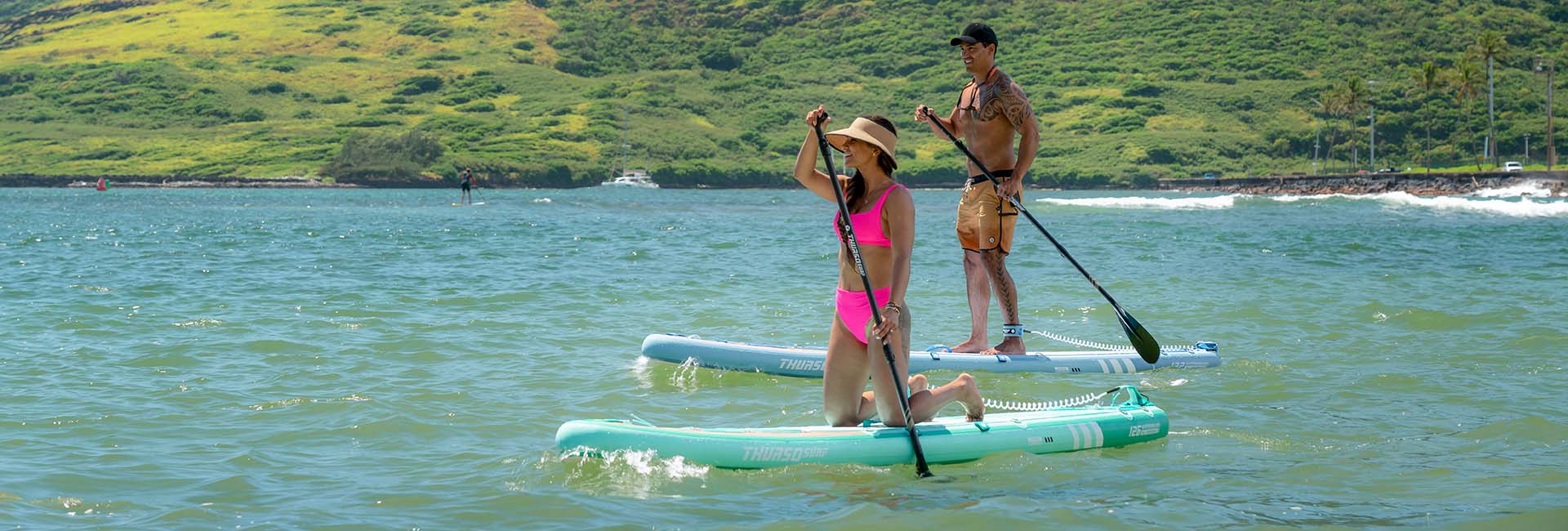


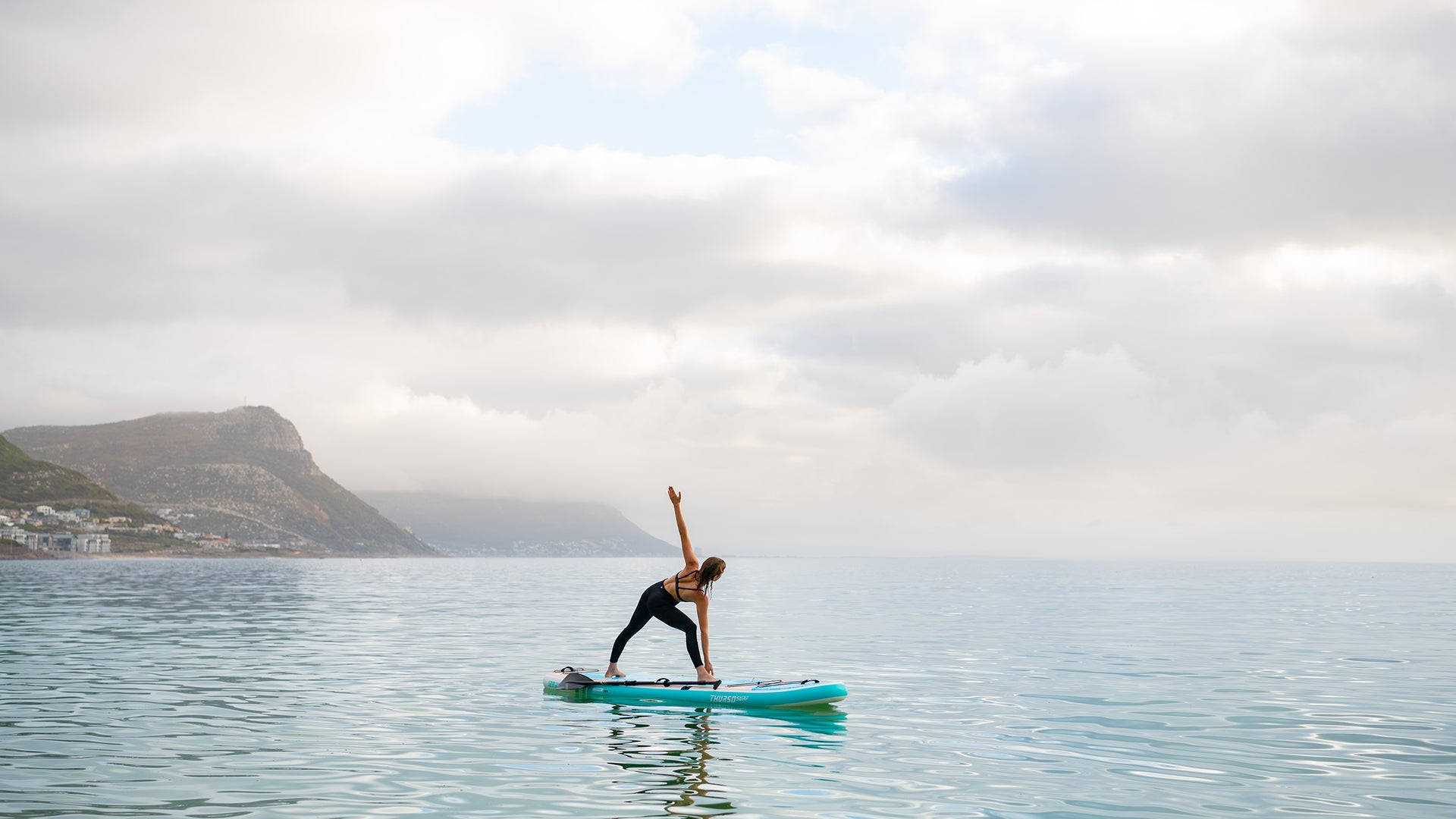
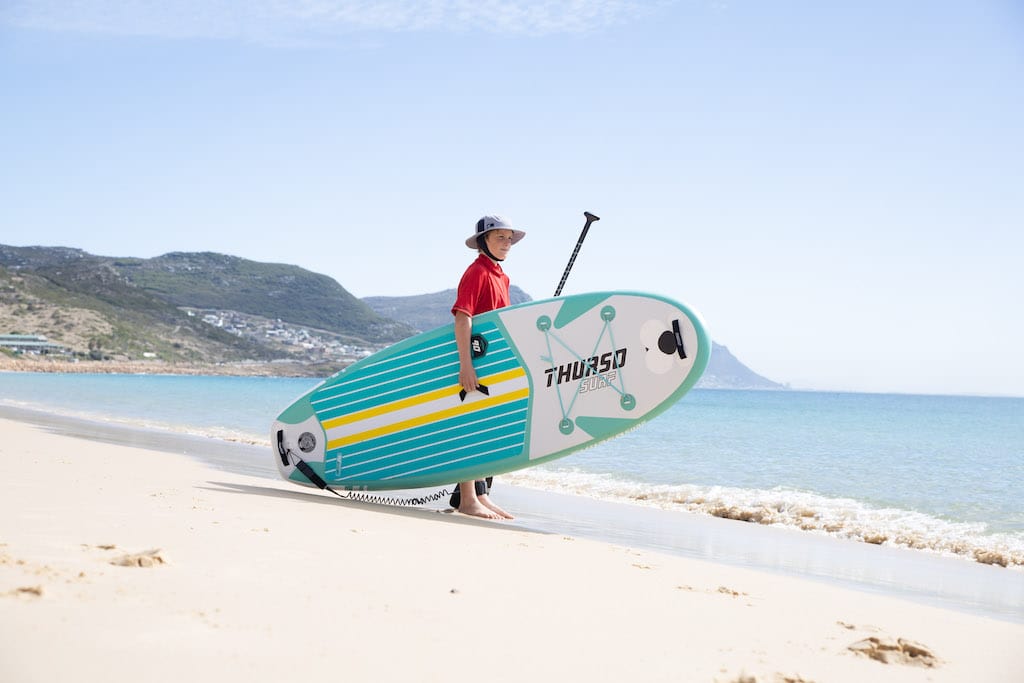
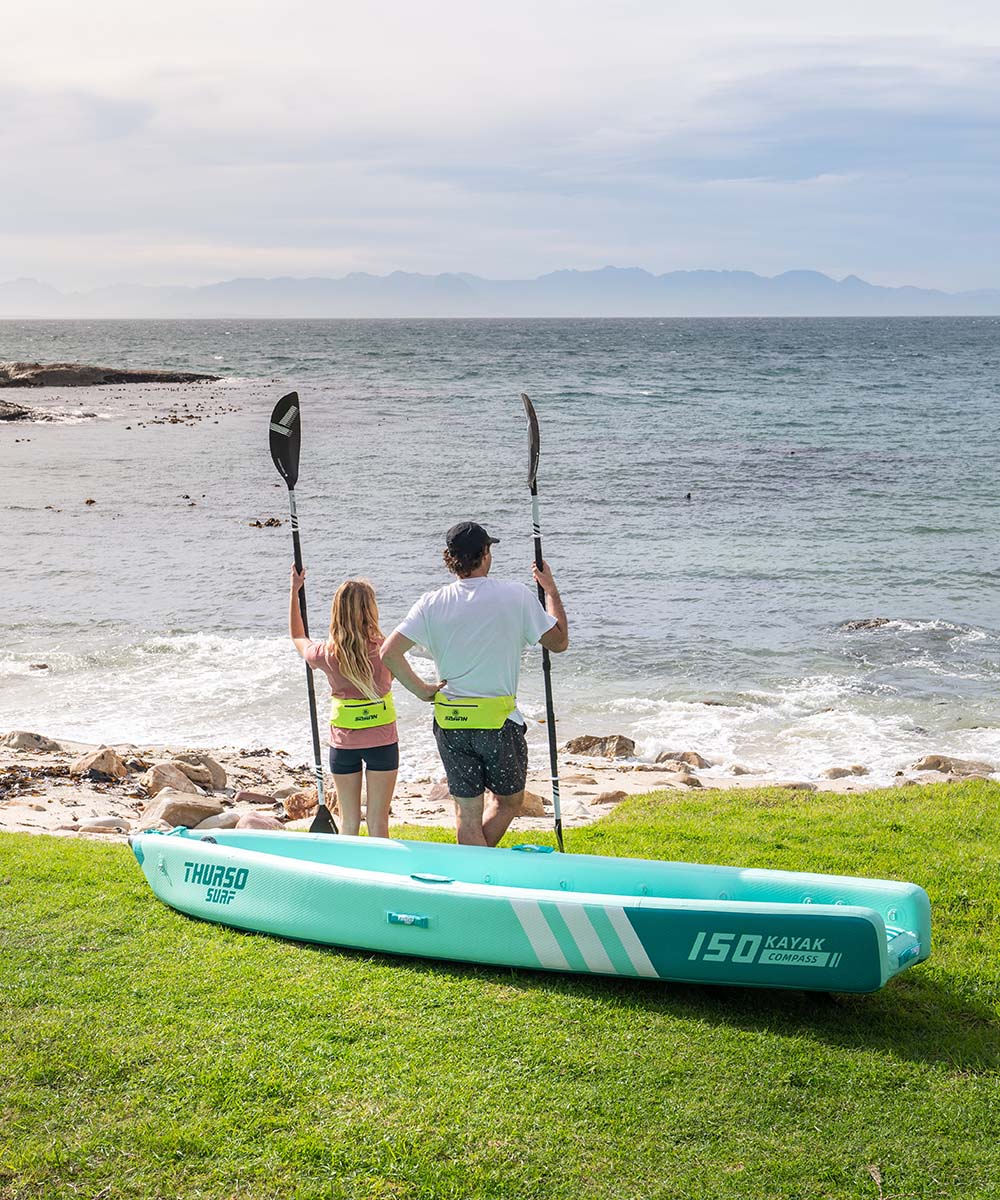
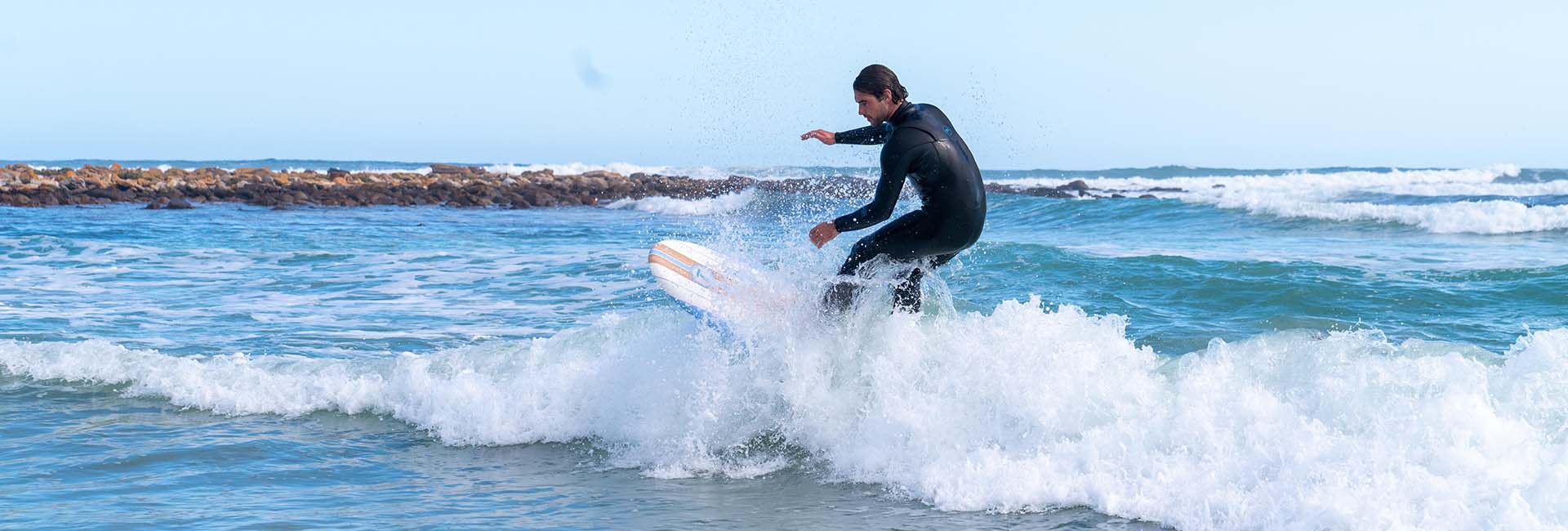
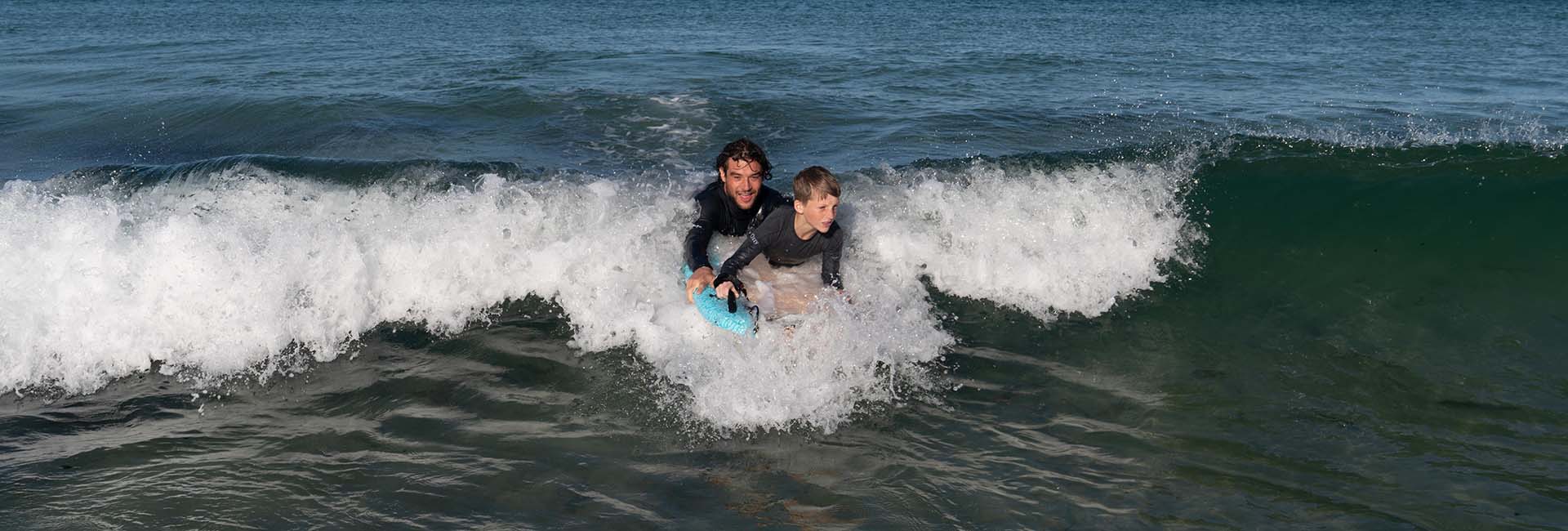
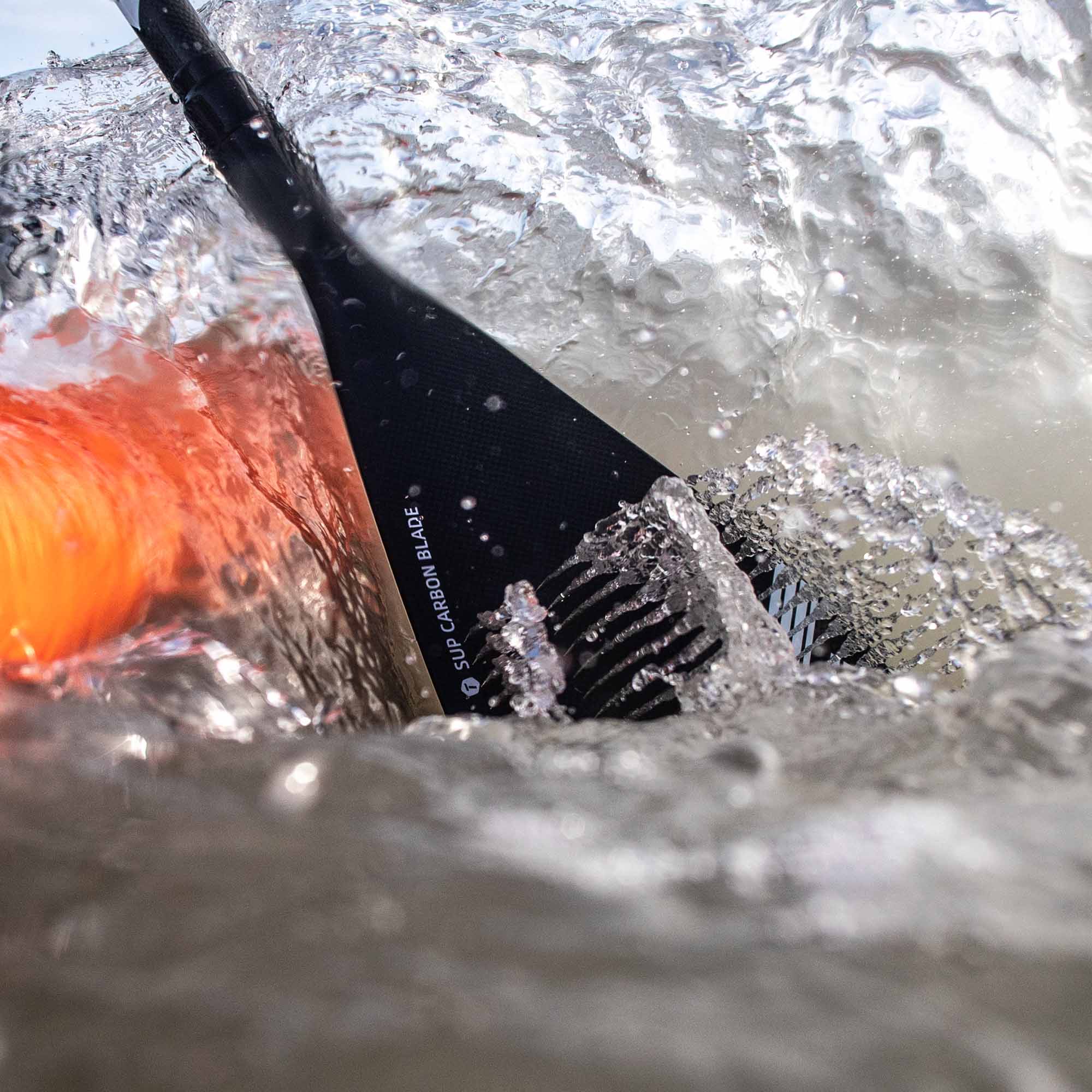

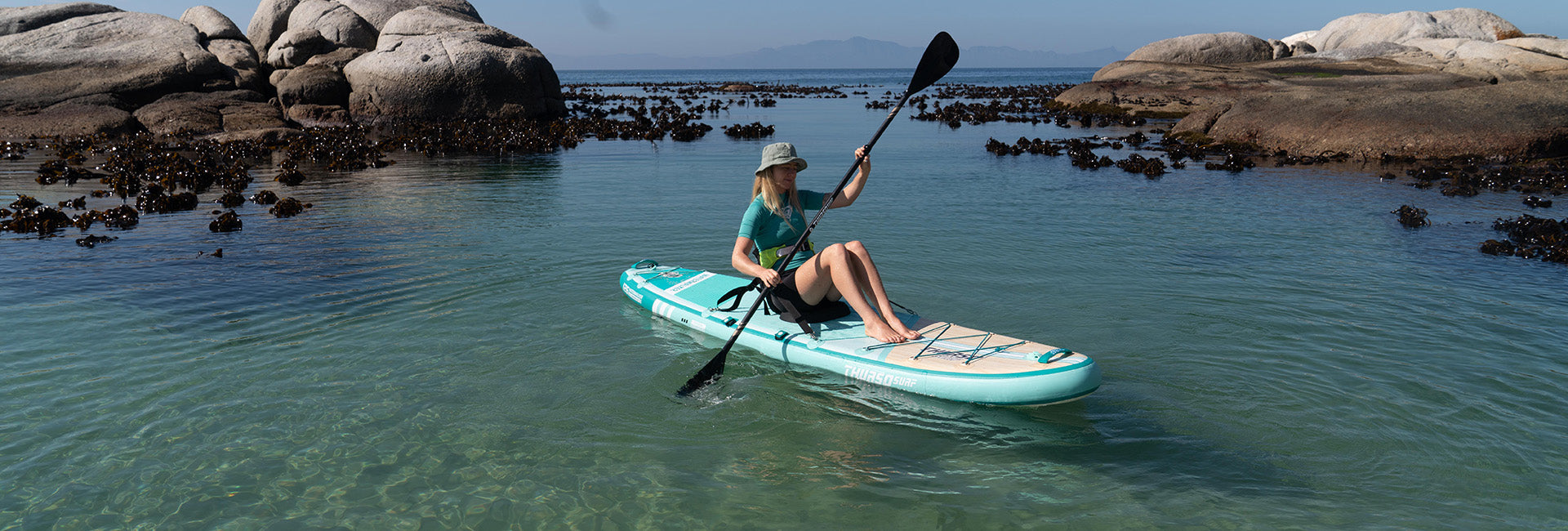
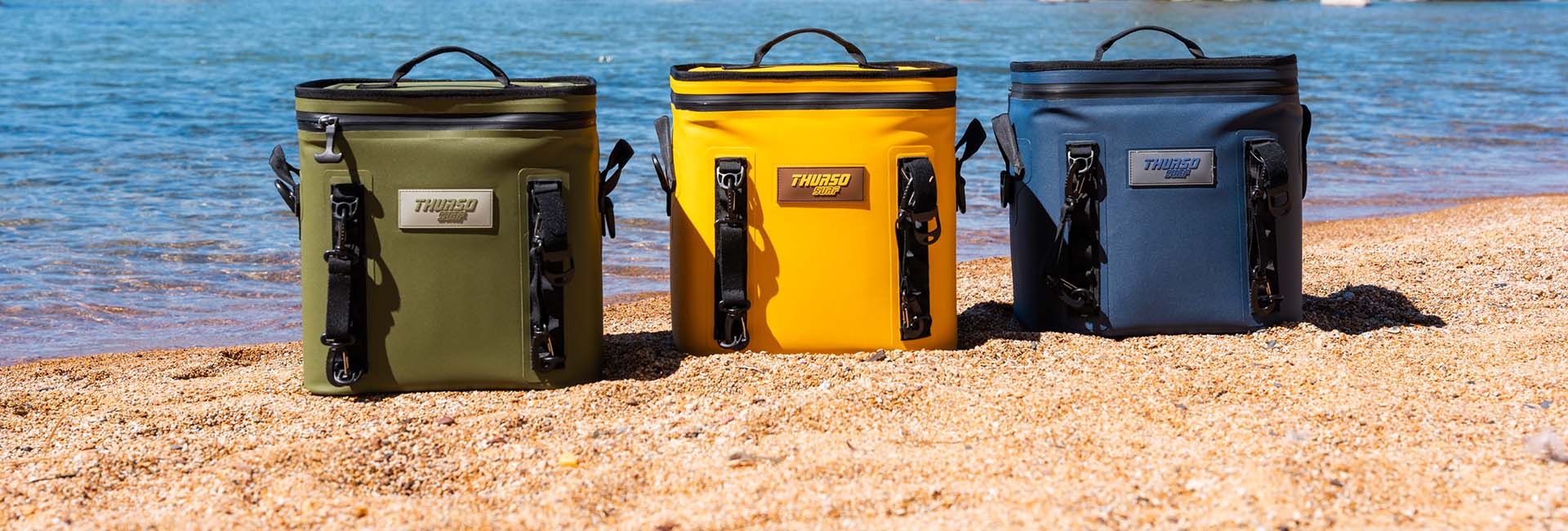
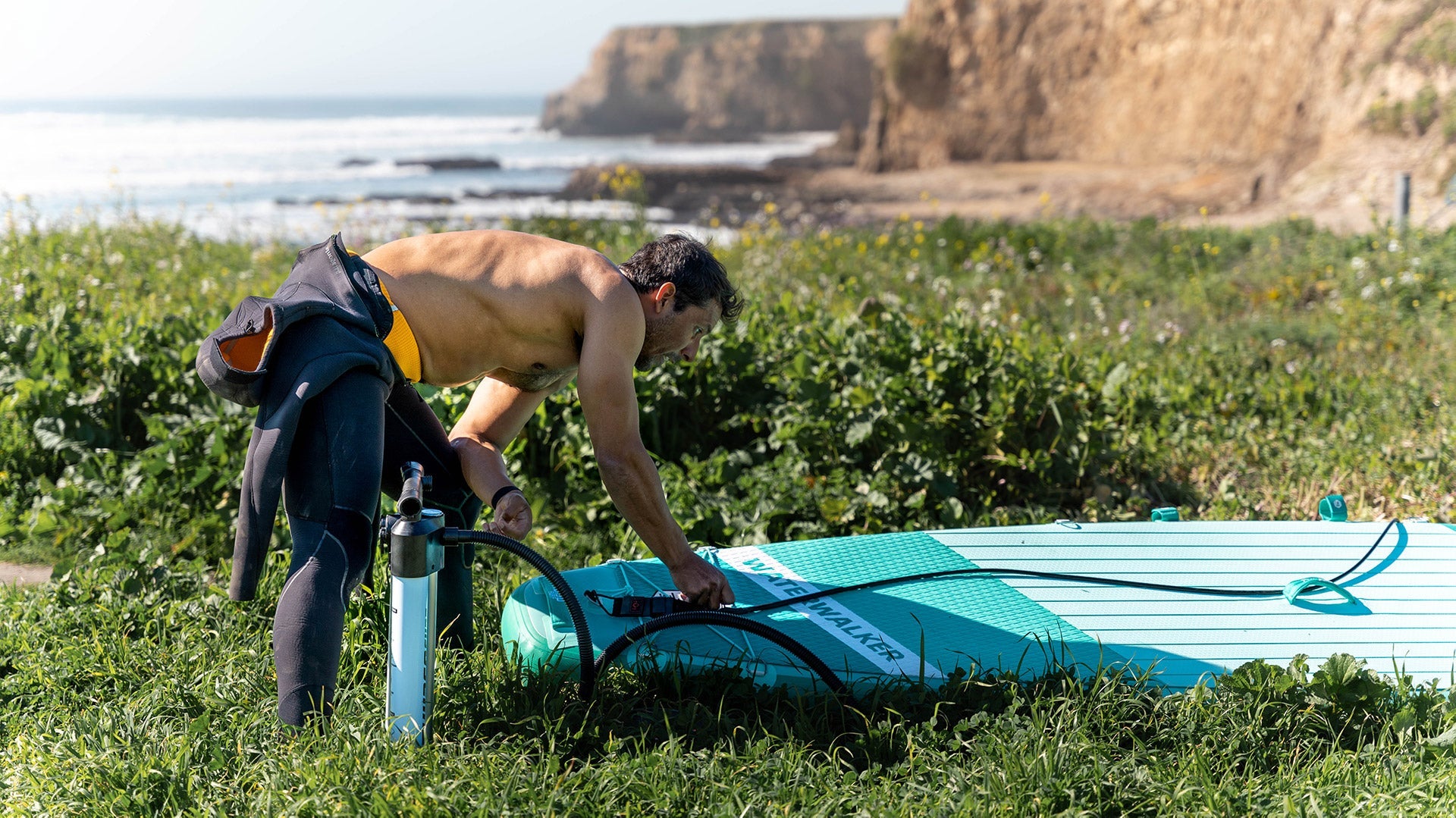







Leave a comment